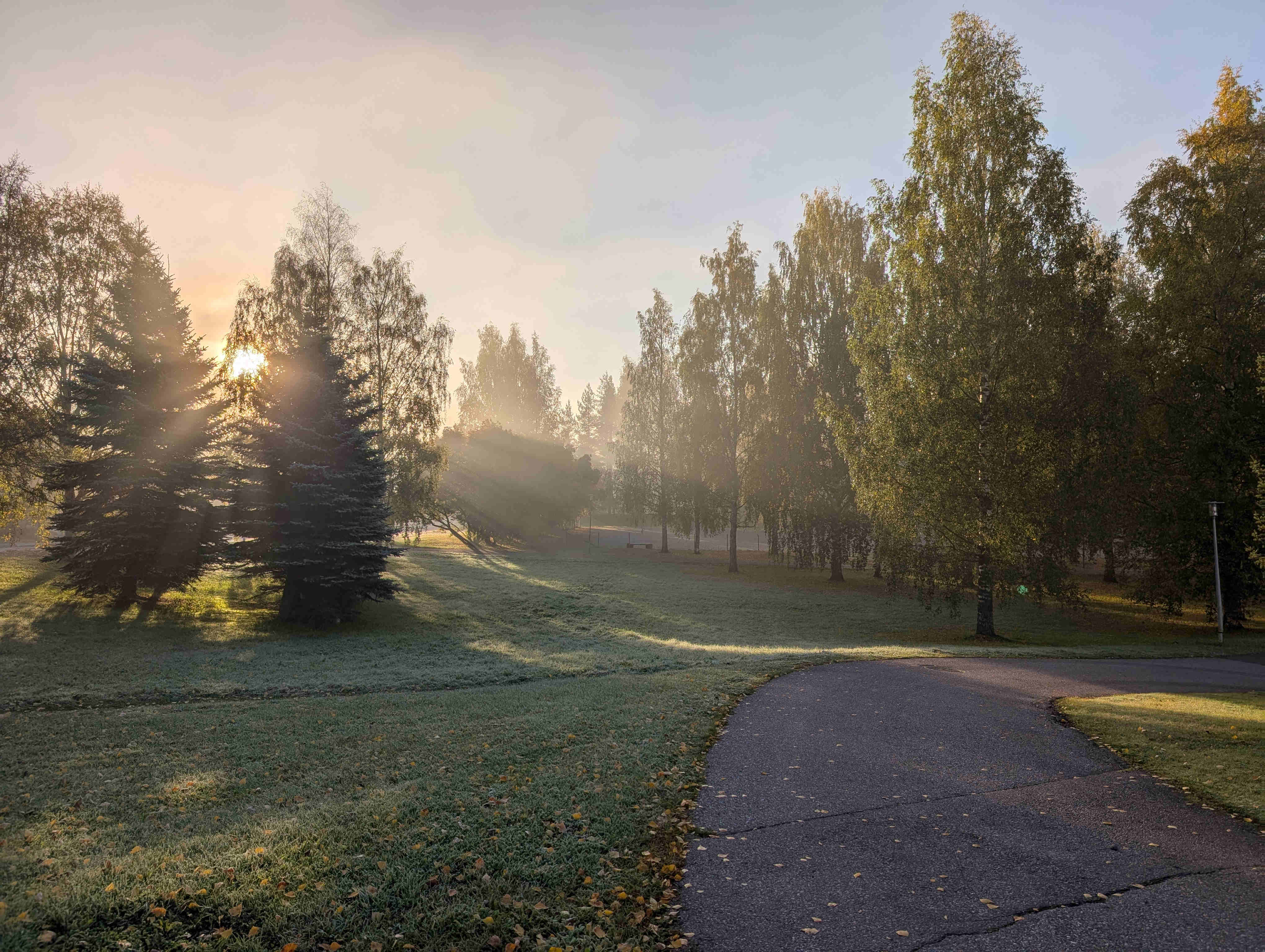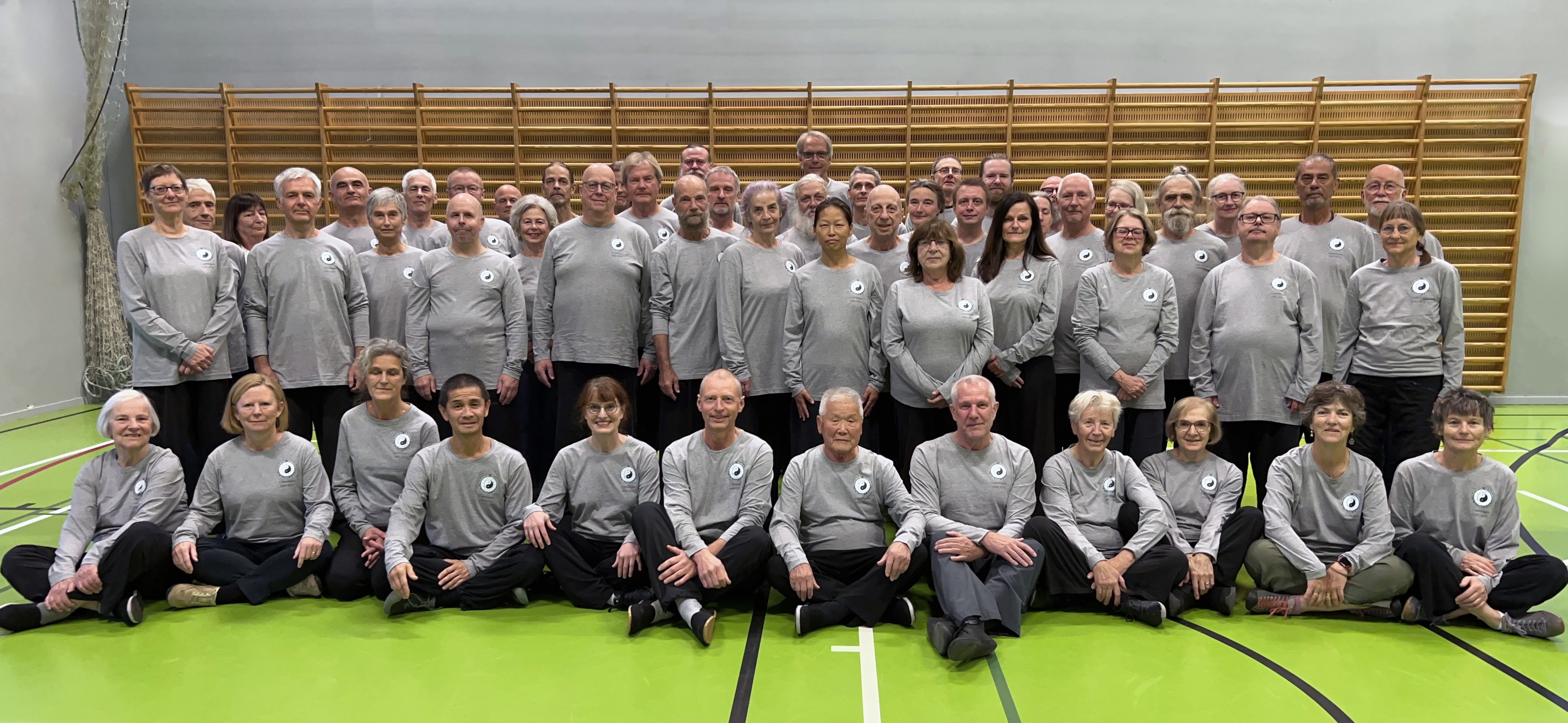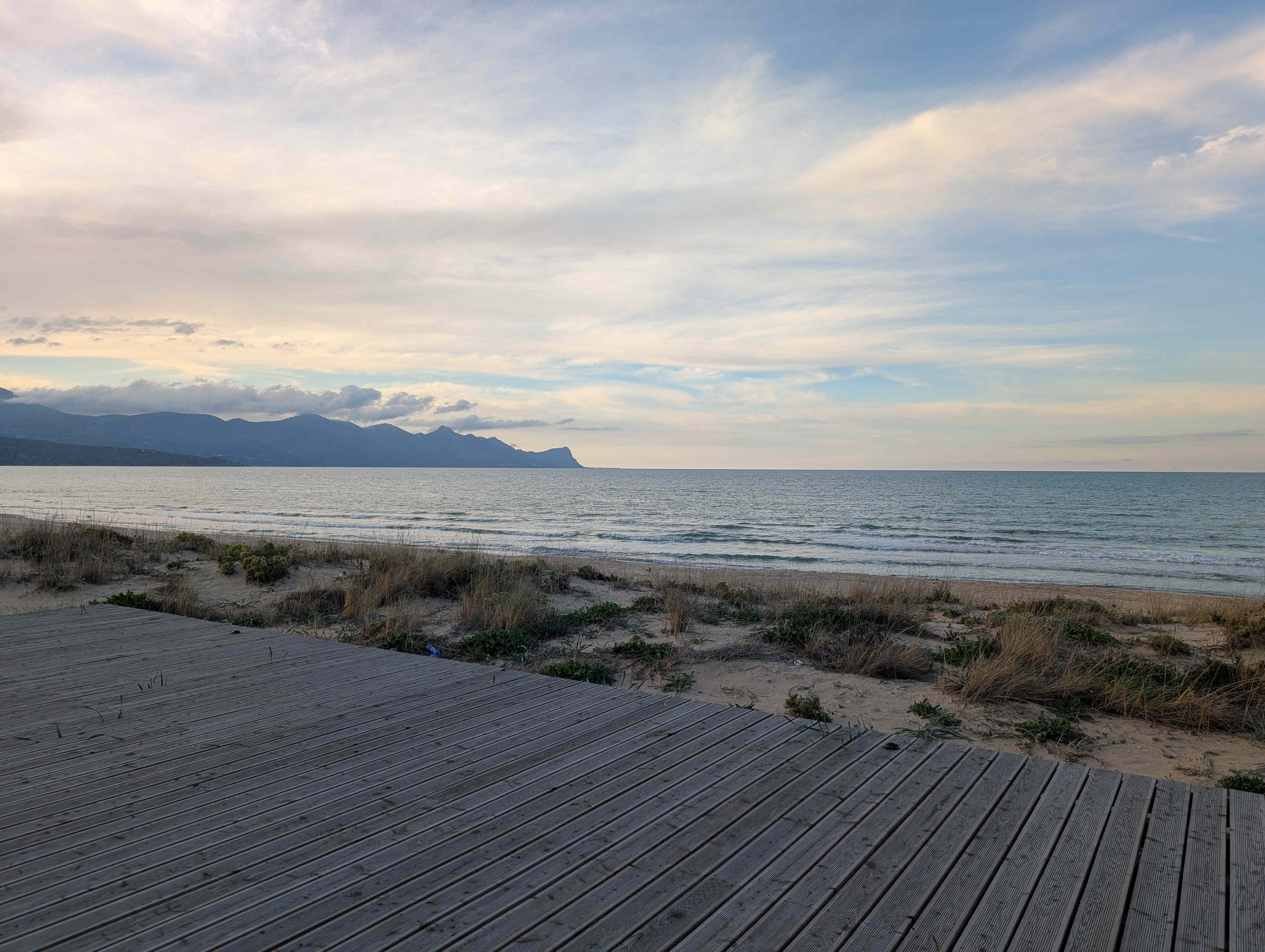This October my teacher had a seminar in Helsinki, before we were going to Copenhagen for grandmaster's seminar. In Helsinki we focused on different aspects of how to change and variate your own practice, and practiced thoroughly the beginning of the second section of slow set, some push hands, fast set, tung jia tai chi and kaihe.

This time in Copenhagen we celebrated fourty years of grandmaster's teaching in there, and that was the reason that there were many old students, and over fifty participants in total. I was a little surprised how many Italians were there this time, and also grandmaster was joking that he had a little difficulty to figure out, if he was in Florence or Copenhagen.
On the first class we practiced slow set once for each decade of his regional teaching. On the second class grandmaster reminded, what he had been teaching there last time, laoshi ni hao, and he wanted to taught us more Chinese, haojiu bujian, and hen hao should usually be followed by zai zuo yici. I've previously known how to count only to four, but now he taught all the numbers up to ten and how to combine numbers to count up to bai. Even though he taught the counting, we actually practiced gong tui and zuo tui with chi on both sides while we were counting out loud. Using the voice is a way to add energy to the practice.
Numbers from one to ten in Chinese:
- 一 yī
- 二 èr
- 三 sān
- 四 sì
- 五 wǔ
- 六 liù
- 七 qī
- 八 bā
- 九 jiǔ
- 十 shí
Also grandmaster told that in China everyone is one year old when they born, and your age is counted according to Chinese new year, i.e. everyone ages at the same time of the year, but also your own birthday is a meaning to celebrate.

Grandmaster talked a lot about the differences of Yang and Tung styles. His grandfather added the follow step in slow set. In Yang style repulse the monkey, cloud hands and part the wild horse's mane are repeated twice more than in Tung style. And Tung style is practiced slower. Traditionally in Yang style the slow set is done about in twenty minutes, but in Tung style the first and second sections or the first and third sections alone take usually the same time, and sometimes whole slow set can take up to one hundred minutes. Also he emphasised that he is the first master to teach Tung style, because his father and grandfather were still teaching Yang style with respect to their masters.
On the last class we heard some beautiful and entertaining singing, that has been grandmaster's way to raise the spirit, and it made the seminar feel more celebrational. On Saturday we had a festive dinner, where seemed to participate almost all the students from the class. Because my own teacher was traveling with me this time, I made better acquiantance with the local people as well.

After Copenhagen I continued to Sicily with my teacher, so I'm expecting a lot of practicing and olive picking in the near future.